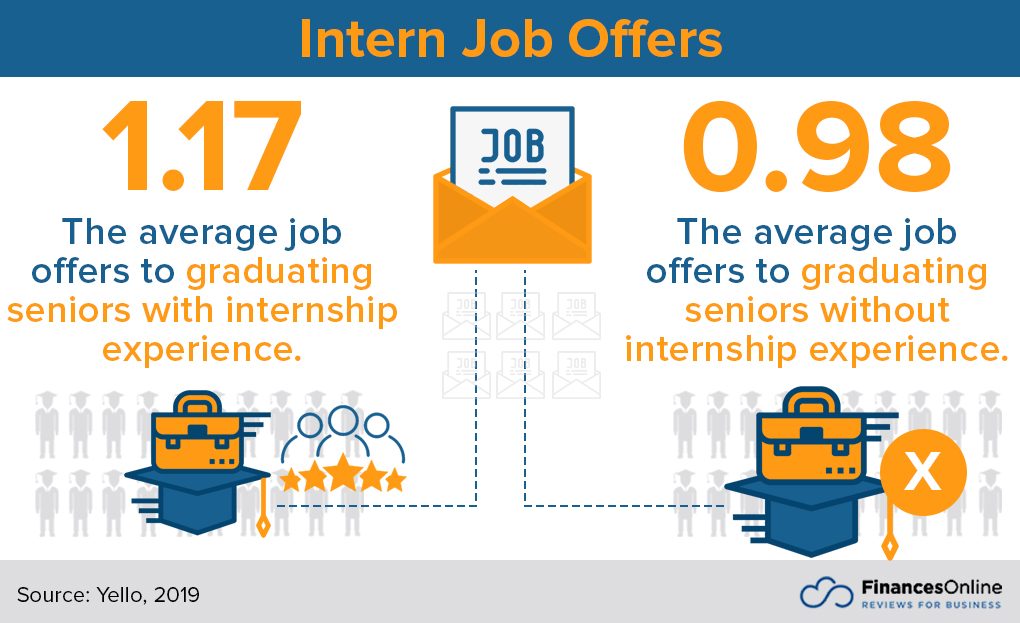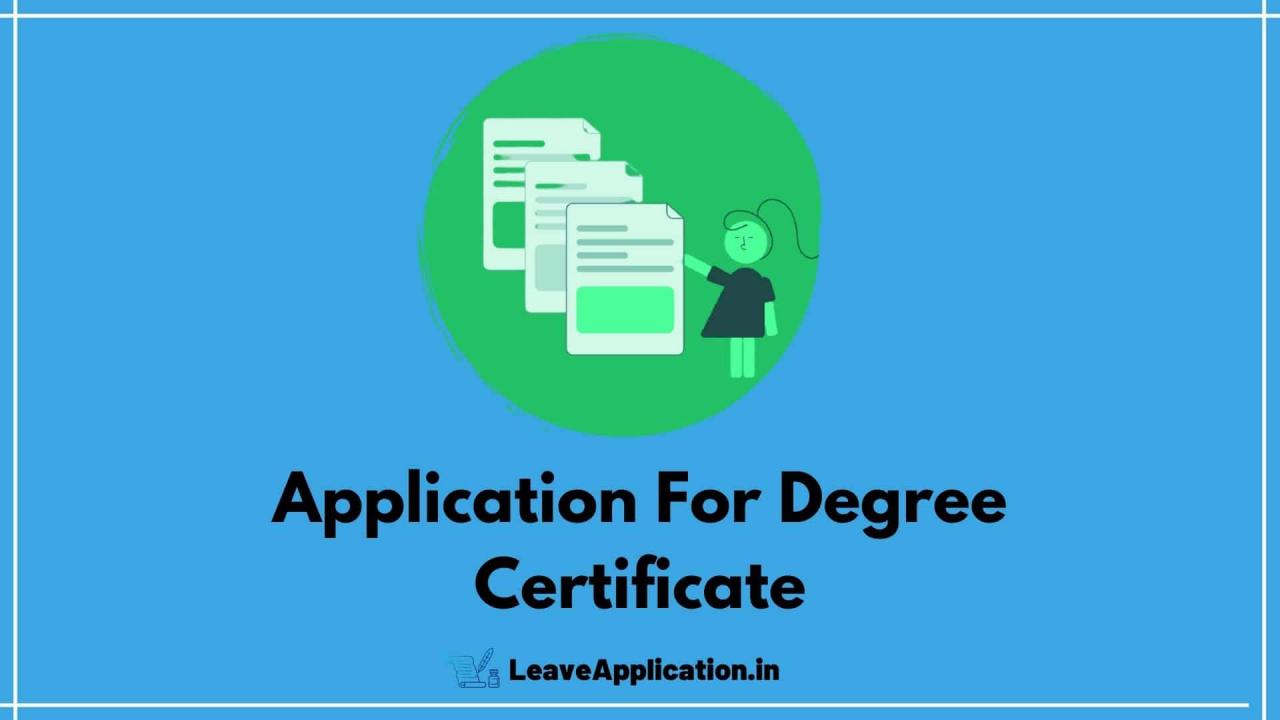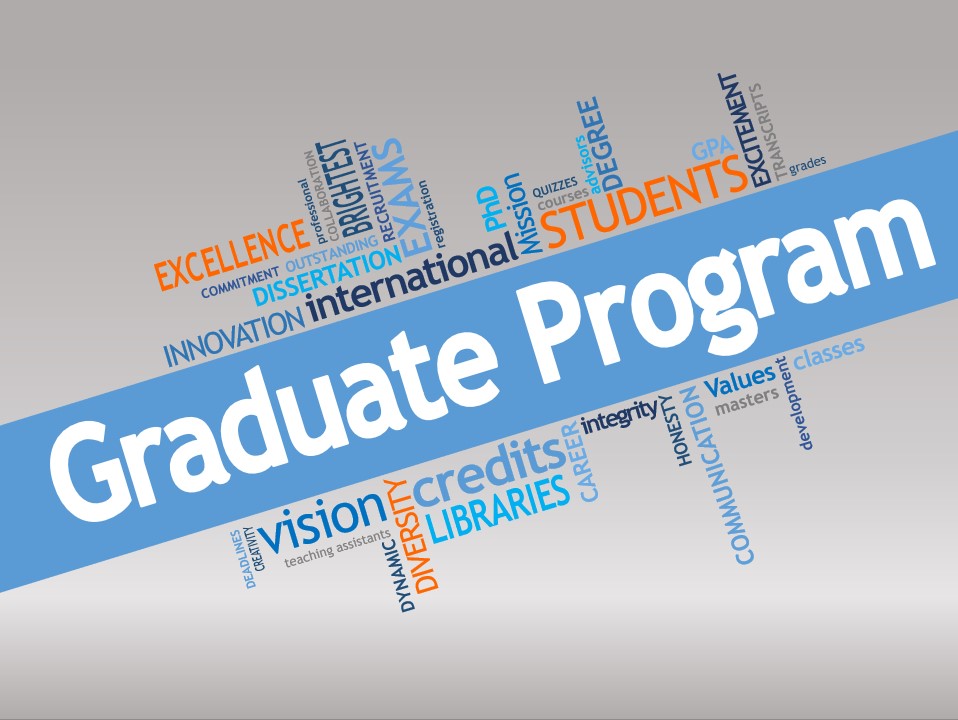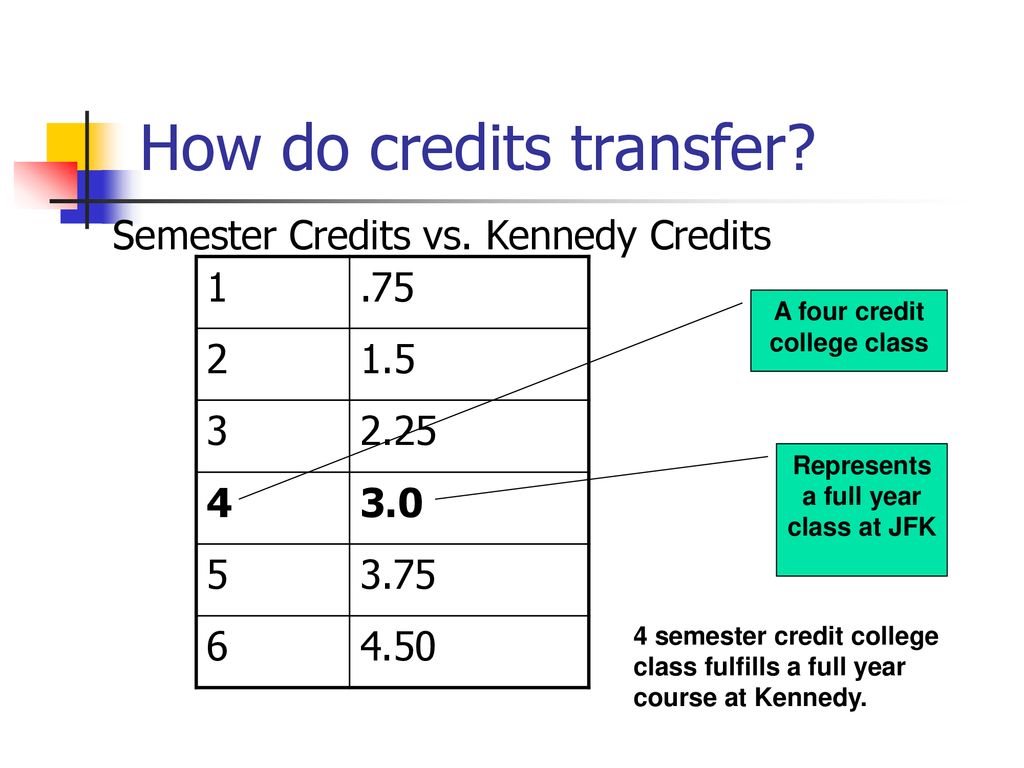The role of internships in securing post-degree employment is undeniable. Landing that coveted post-grad job is a fierce competition, but internships offer a powerful advantage. They’re not just about ticking boxes on a resume; they’re about gaining real-world experience, building crucial professional networks, and showcasing your skills to potential employers. This deep dive explores how internships transform students into highly sought-after candidates.
From developing practical skills and soft skills to networking with industry professionals and making a lasting impression, internships are a crucial stepping stone to career success. We’ll explore different types of internships, highlight common challenges and solutions, and ultimately demonstrate how a well-executed internship can significantly boost your post-graduation job prospects. Get ready to unlock the secrets to internship success!
The Value of Internship Experience

Landing your dream job after graduation can feel like navigating a maze. But what if there was a shortcut? Internships offer invaluable experience that significantly boosts your post-degree employment prospects. They bridge the gap between theoretical classroom learning and the practical realities of the workplace, making you a far more competitive candidate. This isn’t just about ticking a box on your resume; it’s about transforming yourself into a job-ready professional.
Internships provide a unique opportunity to develop practical skills directly applicable to your chosen field. You’re not just reading about project management; you’re managing projects. You’re not just learning about data analysis; you’re analyzing data that directly impacts a company’s bottom line. This hands-on experience is incredibly valuable to employers, showcasing your ability to apply your knowledge in a real-world setting and demonstrating your potential to contribute effectively from day one.
Types of Internship Experiences Employers Value
Employers consistently seek interns who have demonstrated proficiency in specific areas. These aren’t always the most glamorous tasks, but they reveal crucial skills and work ethic. For example, experience with data analysis, even in a relatively junior capacity, can be incredibly attractive to companies across various sectors. Similarly, project management experience, even on small-scale projects, showcases organizational skills and the ability to meet deadlines.
Technical skills specific to the industry are also highly sought after, such as proficiency in specific software or coding languages. Beyond technical skills, experience in client interaction and presentation skills are valuable assets that set candidates apart.
Demonstrating Soft Skills Through Internships
Soft skills, often overlooked, are equally crucial for career success. Internships provide ample opportunities to demonstrate these abilities. Teamwork, for instance, is naturally cultivated through collaborative projects. Working alongside colleagues on shared goals teaches you to communicate effectively, compromise, and leverage the strengths of your team members. Similarly, effective communication is honed through interactions with supervisors, clients, and colleagues.
Problem-solving skills are developed through navigating challenges and finding creative solutions within the constraints of a professional environment. Internships offer a safe space to practice and refine these crucial soft skills, which employers often find difficult to assess solely through academic achievements.
Comparison of Skills Gained: Internship vs. Classroom
| Skill | Internship Experience | Classroom Learning |
|---|---|---|
| Practical Application of Knowledge | Hands-on experience, real-world projects | Theoretical understanding, case studies |
| Problem-Solving | Addressing real-world challenges, finding creative solutions | Solving hypothetical problems, applying theoretical frameworks |
| Teamwork & Collaboration | Working on group projects, collaborating with colleagues | Group assignments, discussions |
| Communication Skills | Presenting findings, interacting with clients, written and verbal communication | Presentations, essays, class discussions |
Networking Opportunities Through Internships: The Role Of Internships In Securing Post-degree Employment

Landing your dream job after graduation isn’t just about acing exams and boasting a high GPA; it’s significantly about who you know. Building a strong professional network is crucial for securing post-degree employment, and internships offer an unparalleled opportunity to do just that. They provide a unique environment for connecting with industry leaders, potential mentors, and future colleagues, opening doors that might otherwise remain closed.Internships facilitate networking in several key ways.
Unlike traditional classroom settings, internships immerse you directly into the professional world. You’re not just learning theoretical concepts; you’re actively contributing to real-world projects alongside experienced professionals. This proximity fosters organic relationships, allowing for informal mentorship and the exchange of valuable insights. The collaborative nature of most internships also encourages team-building and interaction with colleagues from various departments, expanding your network beyond your immediate supervisor.
Examples of Internship Connections Leading to Job Offers
Many successful professionals attribute their career trajectory to connections forged during internships. Consider Sarah, a marketing intern at a tech startup. Through her internship, she built a strong rapport with her manager, impressing her with her initiative and dedication. When a full-time marketing position opened, Sarah was the first person her manager considered, ultimately landing her the job.
Similarly, John, an engineering intern at a major corporation, actively networked with engineers from different teams, learning about various projects and career paths. This networking led to an introduction to a senior engineer who later championed his application for a graduate program, ultimately securing him a coveted position upon graduation. These aren’t isolated incidents; countless individuals have leveraged internship connections to secure coveted post-graduate roles.
Developing a Networking Strategy During an Internship
A proactive approach is essential to maximize networking opportunities during an internship. Begin by familiarizing yourself with the company’s organizational chart and identifying individuals whose work aligns with your career aspirations. Then, initiate informal conversations, expressing genuine interest in their roles and experiences. Attend company events and social gatherings to interact with employees outside your immediate team.
Don’t be afraid to ask insightful questions and actively listen to their responses. Building relationships takes time and effort; consistent engagement and genuine interest are key. Finally, follow up after these interactions with a brief email thanking them for their time and reiterating your interest in their work. This simple gesture can make a lasting impression and strengthen the connection.
Remember to always be professional, respectful, and enthusiastic – your attitude will go a long way in making valuable connections.
Landing that dream job after graduation? Internships are your secret weapon! They offer invaluable real-world experience, but maximizing their impact requires strategic networking. Remember, building connections is key; check out this article on importance of networking during degree education to understand why. Ultimately, a strong network, cultivated during your studies and internship, significantly boosts your post-degree employment prospects.
Impact of Internship Performance on Job Prospects
Landing a dream job after graduation is a coveted goal for many students, and internship performance plays a pivotal role in achieving this. A stellar internship isn’t just about gaining experience; it’s a crucial audition for future employers, directly impacting your job prospects post-graduation. Your performance during this period significantly shapes your future career trajectory.Employers view internships as a low-risk way to assess potential employees.
They meticulously observe an intern’s work ethic, skills, and overall contribution to the team. Strong performance translates directly into a competitive edge when applying for full-time positions.
Key Performance Indicators Employers Seek in Interns
Employers assess interns based on a range of factors. These key performance indicators (KPIs) are crucial for demonstrating your potential and leaving a lasting positive impression. Focusing on these areas significantly improves your chances of securing a job offer.
- Proactive Problem-Solving: Demonstrating initiative and finding solutions independently showcases resourcefulness and a strong work ethic. For instance, an intern who identifies a process inefficiency and proposes a streamlined solution impresses employers more than one who simply completes assigned tasks.
- Time Management and Organization: Meeting deadlines consistently and effectively managing multiple tasks demonstrates organizational skills and professionalism. This is particularly important in fast-paced environments where efficiency is paramount.
- Teamwork and Collaboration: Interns who actively participate in team projects, contribute effectively, and foster positive relationships demonstrate valuable collaborative skills.
- Communication Skills: Clear, concise, and professional communication, both written and verbal, is essential. This includes the ability to articulate ideas, actively listen, and provide constructive feedback.
- Adaptability and Learning Agility: The ability to adapt to new situations, learn quickly from feedback, and embrace challenges showcases a growth mindset, a highly valued trait in today’s dynamic work environment.
Job Application Success Rates: Interns vs. Non-Interns
While precise figures are difficult to obtain universally, numerous studies and anecdotal evidence consistently show a significantly higher job application success rate for candidates with internship experience. A survey conducted by the National Association of Colleges and Employers (NACE) – while the exact figures may vary year to year – consistently demonstrates that graduates with internship experience secure job offers at a much higher rate than those without.
This is largely due to the practical experience and demonstrable skills gained during internships. The experience allows candidates to speak confidently about their abilities during interviews, supported by real-world examples.
Case Study: Exceptional Internship Performance Leading to a Job Offer
Imagine Sarah, an accounting intern at a major firm. She consistently exceeded expectations, proactively identifying and resolving discrepancies in financial reports. She developed a new system for data entry that increased efficiency by 15%, and her positive attitude and willingness to assist colleagues made her a valuable team member. Her supervisor provided glowing feedback in her performance review, highlighting her initiative, problem-solving skills, and team contributions.
As a result, Sarah received a full-time job offer upon graduation, a direct result of her exceptional internship performance.
Impact of Positive Performance Reviews on Future Employment
Positive performance reviews from internship supervisors serve as powerful testimonials. These reviews validate your skills and capabilities, providing concrete evidence of your performance to future employers. A strong review acts as a powerful endorsement, significantly increasing your credibility and chances of securing interviews and job offers. Employers often contact previous supervisors to verify information provided in resumes and during interviews, making positive feedback invaluable.
In Sarah’s case, her supervisor’s recommendation was instrumental in securing her job offer, solidifying the importance of exceeding expectations during an internship.
Types of Internships and Their Relevance to Specific Careers

The type of internship you choose significantly impacts your skill development and future job prospects. Understanding the different options available and how they align with your career goals is crucial for maximizing the value of your internship experience. Choosing wisely can mean the difference between a valuable learning experience and a less impactful one.
Internships aren’t a monolithic entity; they come in various forms, each offering unique benefits and challenges. The differences lie primarily in compensation, location, and the level of involvement. This diversity allows students to tailor their internship experiences to their specific needs and career aspirations, whether that’s gaining practical skills, building a professional network, or exploring different career paths.
Paid vs. Unpaid Internships
Paid internships offer financial compensation, often reflecting the level of responsibility and the industry. These internships are generally more competitive to secure, but they provide a tangible benefit beyond professional development. Unpaid internships, while lacking monetary compensation, can still offer invaluable experience, particularly in highly competitive fields like journalism or the arts, where gaining exposure is crucial. However, it’s important to weigh the potential benefits against the financial implications before committing to an unpaid internship.
Consider the opportunity cost – what could you be earning in a part-time job instead? A well-structured unpaid internship in a prestigious organization could potentially outweigh the short-term financial sacrifice, particularly if it leads to a job offer.
Virtual vs. In-Person Internships
The rise of remote work has significantly impacted the internship landscape. Virtual internships offer flexibility and accessibility, allowing students from various geographical locations to participate. They often involve tasks such as data analysis, content creation, or social media management. In-person internships, on the other hand, provide a more immersive experience, fostering stronger relationships with colleagues and offering opportunities for on-the-job learning through direct observation and mentorship.
The choice between virtual and in-person depends on individual preferences, career goals, and the specific internship opportunity. For example, a software engineering internship might lend itself well to a virtual format, while a nursing internship would almost certainly require an in-person experience.
Examples of Internship Experiences and Career Paths
A marketing internship at a tech startup could provide experience in social media marketing, content creation, and data analytics, directly relevant to a future career in digital marketing. Conversely, a research internship in a university lab would equip a student with research skills, data analysis techniques, and scientific writing abilities, ideal for a career in academia or scientific research.
A finance internship at a major bank would provide hands-on experience in financial modeling, investment analysis, and risk management, preparing the intern for a career in investment banking or financial analysis.
The skills acquired during an internship directly translate into career readiness. Different types of internships contribute to career preparedness in various ways:
- Paid internships demonstrate work ethic and professional commitment, often leading to full-time job offers.
- Unpaid internships, especially in competitive fields, offer valuable experience and networking opportunities.
- Virtual internships develop remote work skills, crucial in today’s increasingly digital workplace.
- In-person internships foster stronger interpersonal skills and networking opportunities.
- Research internships enhance analytical and problem-solving skills.
- Marketing internships develop marketing and communication skills.
Internship Challenges and How to Overcome Them
Navigating the world of internships can be both exhilarating and challenging. While internships offer invaluable experience and networking opportunities, they also present hurdles that require proactive strategies to overcome. Understanding these common challenges and developing effective coping mechanisms is crucial for maximizing the benefits of your internship and boosting your post-graduation job prospects.
Many interns face a range of difficulties, from feeling overwhelmed by responsibilities to struggling with a lack of clear guidance. These challenges, however, are not insurmountable. With the right approach, interns can transform these potential roadblocks into valuable learning experiences that enhance their professional development.
Landing that dream job after graduation often hinges on relevant experience, which internships provide. But remember, the path to that experience isn’t always cheap; you need to factor in the often overlooked expenses detailed in this article on the hidden costs of pursuing a degree education. Ultimately, a well-planned internship strategy can significantly boost your post-grad employment prospects, making the investment worthwhile.
Lack of Mentorship and Guidance
One significant challenge many interns encounter is the absence of sufficient mentorship or clear guidance. This can lead to feelings of isolation, uncertainty about expectations, and difficulty in navigating workplace dynamics. This lack of direction can hinder professional growth and impact overall internship satisfaction.
Unrealistic Expectations and Overwhelm, The role of internships in securing post-degree employment
Internships sometimes come with unrealistic expectations regarding workload and responsibilities. The pressure to perform flawlessly while simultaneously learning new skills can lead to feeling overwhelmed and stressed. This can manifest as burnout or decreased performance, negatively impacting the internship experience.
Strategies for Overcoming Internship Challenges
Proactive strategies are essential for navigating internship challenges effectively. Interns should actively seek out opportunities to enhance their experience and mitigate potential difficulties. This involves open communication, continuous learning, and a willingness to seek feedback.
Proactive Support and Guidance Seeking
Instead of passively waiting for guidance, interns should proactively seek it out. This could involve scheduling regular check-ins with their supervisors to discuss progress, clarify expectations, and seek feedback on their work. Attending team meetings and participating in company-wide events also provide opportunities to network and learn from more experienced colleagues. For example, an intern could ask their supervisor, “Could we schedule a brief meeting next week to review my progress on Project X and discuss any areas where I could improve?”
Seeking and Utilizing Feedback for Professional Development
Regularly seeking and acting upon feedback is vital for professional growth. Interns should ask for constructive criticism on their work, both formally through performance reviews and informally through casual conversations with supervisors and colleagues. This feedback should be analyzed to identify areas for improvement and to refine skills and work habits. For instance, if an intern receives feedback that their communication could be more concise, they could practice summarizing information effectively and seek further guidance on improving their written and verbal communication skills.
The Role of Mentorship During Internships
Navigating the often-uncharted waters of a professional environment can be daunting, especially for interns. A strong mentorship relationship can significantly ease this transition, providing invaluable guidance and support that extends far beyond the internship itself, impacting future career prospects. Mentorship acts as a bridge between theoretical knowledge and practical application, accelerating professional development and boosting confidence.Mentorship Benefits During InternshipsA mentor offers a wealth of experience and knowledge, providing interns with a personalized learning experience.
This personalized guidance goes beyond the formal training provided by the company, offering insights into workplace dynamics, professional etiquette, and career strategies. Mentors can also help interns identify their strengths and weaknesses, guiding them toward career paths that align with their skills and aspirations. This personalized support system is invaluable, fostering a sense of belonging and confidence that can be crucial for success.
Furthermore, a mentor’s network can open doors to future opportunities, providing access to resources and connections that would otherwise be unavailable.
Effective Mentor-Mentee Relationship Qualities
A successful mentor-mentee relationship is built on mutual respect, trust, and open communication. The mentor should be approachable, providing regular feedback and guidance, while the mentee should be proactive, seeking advice and actively engaging in the mentorship process. Regular meetings, whether formal or informal, are essential for maintaining momentum and addressing any challenges that may arise. Open and honest communication is key; the mentee should feel comfortable expressing concerns and seeking clarification, while the mentor should provide constructive criticism and support.
A shared understanding of goals and expectations is also crucial, ensuring that the mentorship aligns with both parties’ objectives.
Mentorship’s Impact on Internship Outcomes and Future Employment
The impact of mentorship on internship outcomes is substantial. Mentors can provide crucial feedback on projects, helping interns refine their skills and improve their performance. This enhanced performance translates to stronger recommendations and increased chances of receiving a full-time job offer. Beyond specific project feedback, mentors often help interns develop crucial soft skills, such as communication, teamwork, and problem-solving, all highly valued by employers.
Mentors also provide valuable networking opportunities, connecting interns with individuals in their field, expanding their professional network, and increasing their visibility within the industry. This expanded network can significantly enhance job prospects post-graduation.
Hypothetical Scenario: A Positive Mentorship Experience
Imagine Sarah, a marketing intern at a tech startup. Her mentor, Emily, a senior marketing manager, takes the time to explain the nuances of the company’s marketing strategies, regularly checking in on Sarah’s progress and providing constructive criticism. Emily helps Sarah connect with other team members, facilitating collaboration and networking opportunities. When Sarah faces a challenge on a project, Emily provides guidance and support, helping her troubleshoot the problem and learn from her mistakes.
As a result, Sarah excels in her internship, receiving glowing recommendations from Emily and securing a full-time position at the startup upon graduation. This positive mentorship experience not only enhanced Sarah’s internship but also laid the foundation for a successful and fulfilling career.
Visualizing Internship Success

Landing your dream job after a stellar internship isn’t just about luck; it’s a culmination of hard work, strategic networking, and impactful contributions. Imagine a visual representation of this success story – a vibrant tapestry woven with dedication and achievement.This visual representation would showcase the journey of an intern, Sarah, through her internship at a leading tech company, culminating in a full-time job offer.
The image would be dynamic, not static, capturing the essence of her progress and the key elements contributing to her success.
Sarah’s Internship Journey: A Visual Narrative
The central focus would be Sarah, depicted as a bright and enthusiastic young professional, actively participating in various aspects of the company’s operations. The background would showcase the company’s modern and innovative workspace, subtly hinting at the dynamic and collaborative environment. We would see Sarah engaged in several key activities: a section showing her actively contributing to a team project, collaborating with colleagues during a brainstorming session, and presenting her findings to senior management.
Another section could highlight her independent work, perhaps focused on a specific task or project she spearheaded. Her interactions with colleagues would be depicted as positive and collaborative, with visual cues like smiles and shared laughter, illustrating a strong team spirit and supportive work environment. The visual narrative would progress chronologically, showcasing her increasing confidence and competence throughout the internship.
The final scene would be the highlight: Sarah receiving a job offer letter, a tangible symbol of her hard work and the company’s recognition of her potential. The overall visual would convey a sense of accomplishment, growth, and the positive impact of a successful internship experience.

















